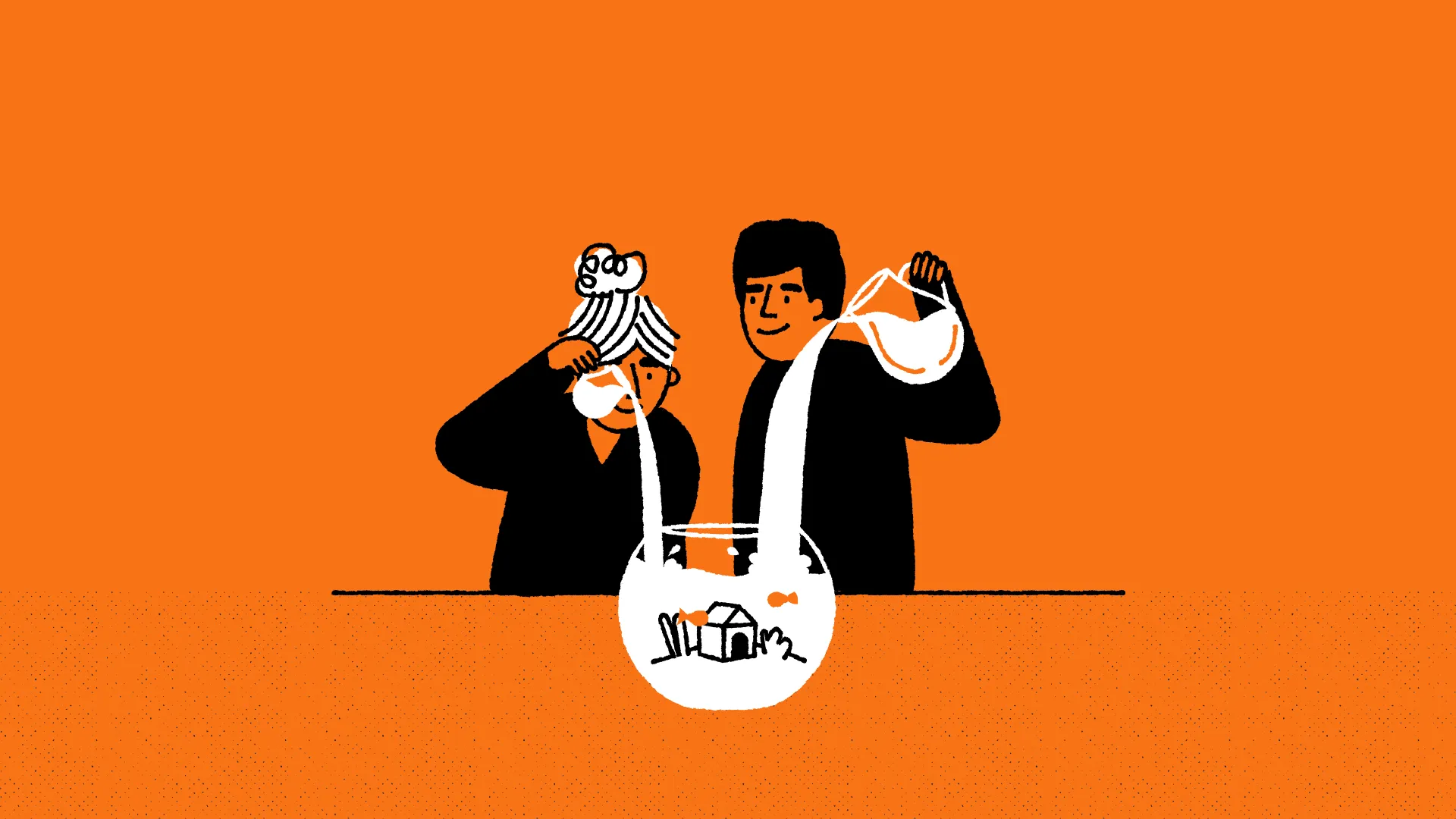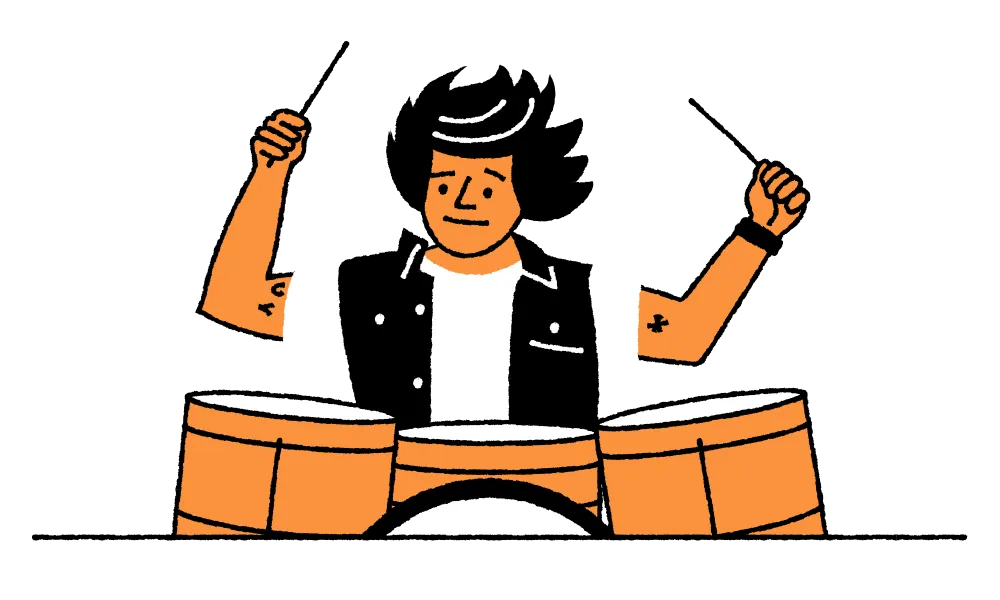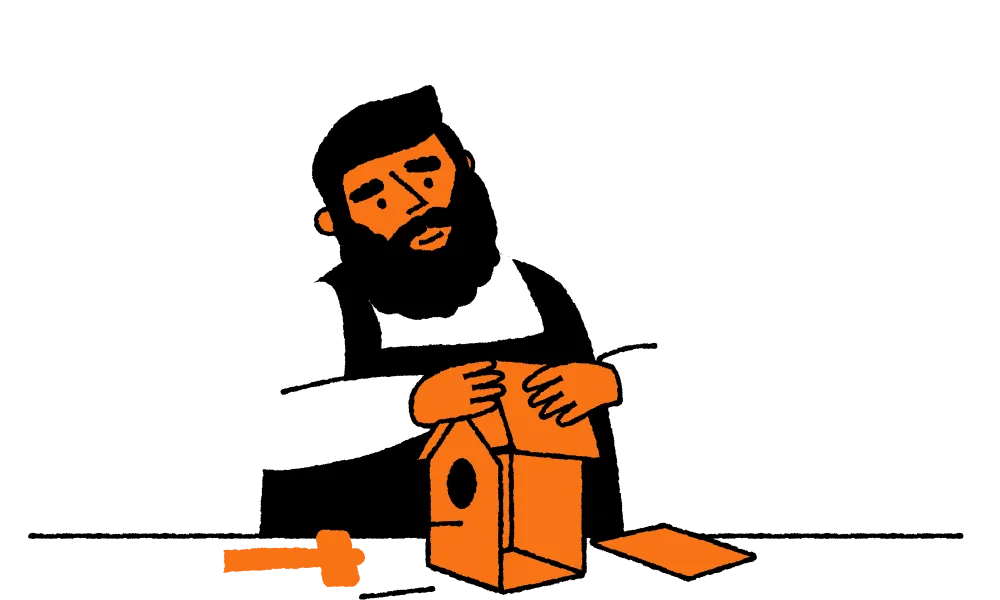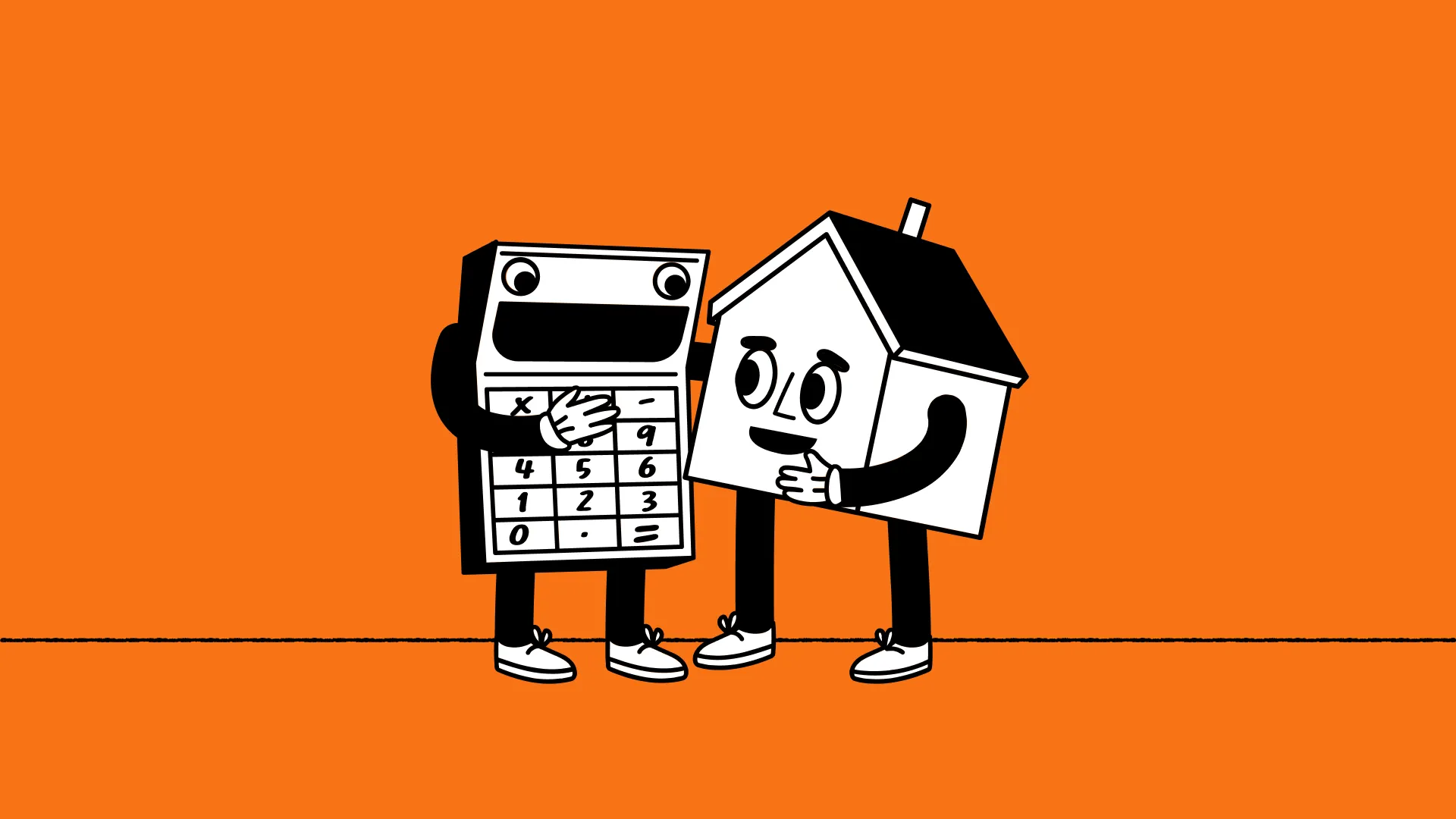Shared Ownership Mortgages
Shared Ownership is a government-backed scheme which allows you to buy part of a property and rent the rest. It could be a great way to get on the property ladder. You might just need some help getting the right mortgage.
Your home may be repossessed if you do not keep up repayments on your mortgage.
Exclusive broker partner to

9 mins
Updated: Nov 16 2025
9 mins
Updated: Nov 16 2025
On this page
Please be aware that by following any external links you are leaving the Haysto website. Please note Haysto nor HL Partnership Limited are responsible for the accuracy of the information contained within external websites accessible from this page.
On this page
What is a shared ownership mortgage?
A shared ownership mortgage is a home loan that helps you buy a house through the government-backed shared ownership scheme, which allows you to buy a share of a property - usually between 25% and 75% - and then you pay rent on the rest. The scheme is also known as ‘part rent, part buy’.
Shared ownership is designed to help people onto the property ladder who either can’t afford the mortgage repayments on the total value of a property they want to buy or don’t have enough deposit.
Who is eligible for shared ownership?
You need to register for the scheme first and once accepted, you can apply for a mortgage. To be eligible for shared ownership, you must fit the following criteria:
Your annual household income is less than £80,000 (£90,000 if you live in London)
You can’t afford the full deposit or monthly mortgage repayments on a house that suits your needs
In addition, you must also fit into one of the following categories:
You’re a first-time buyer
You’ve owned a home previously but can’t afford to buy one now
You want to move home after a relationship breakdown
You currently own a home through the shared ownership scheme and want to move
You own a home but can’t afford to move to a suitable new property
What properties can you buy?
The properties you can buy are limited to what is currently available through your local housing association or council, which will also be the landlord you’ll pay rent to for the share you don’t own. Typically, you can buy:
A new-build home
A resale of an existing property owned under the shared ownership scheme
Any property for sale that suits a specific need (such as a ground-floor flat or bungalow for someone with a long-term disability)
All shared ownership homes are sold on a leasehold basis, which means you may have to pay ground rent and community service fees in addition to your mortgage and rental payments.
Availability for shared ownership homes will vary by region. To find a property, you can contact your local Help-to-Buy agent. Alternatively, you can click on the following links, depending on where you live or where you’re looking to buy:
Northern Ireland (known as co-ownership)
How does a shared ownership mortgage work?
A shared ownership mortgage works in much the same way as a standard mortgage. The only difference is that you will need to pay an additional amount of rent on top of your mortgage repayments to your appointed landlord, which is usually a local housing association or council.
The key benefit of the shared ownership scheme is that the mortgage and deposit you’ll need are based on the share of the property you want to buy rather than the total value, making it cheaper to become a homeowner (albeit on a part-owned basis).
So, for example, if you want to buy a 50% share in a property worth £200,000 using the shared ownership scheme, the mortgage and deposit combination you’d need would only be £100,000, and the remaining £100,000 is what you’d pay rent on.
Let’s say a lender approves your shared ownership mortgage application but requires a 10% deposit; this would be £10,000 rather than £20,000 as it’s based on the share you’re buying (£100,000) and not the total value (£200,000). Your mortgage repayments would then be based on borrowing £90,000, not £180,000.
How much rent will you pay?
The rent payment is based on a percentage of the property share owned by the landlord, with most charging 2.75%. The maximum rent limit for a new-build shared ownership home is 3%.
So, again, using the example above and based on the typical rental rate of 2.75%, the yearly rent would be £2,750 (£100,000 x 2.75% = £2,750), which works out at £229.17 per month on top of your monthly mortgage repayments.
Can you keep buying more shares in your home?
Yes, you can. This process is known as staircasing and allows you to eventually reach full ownership of your home. You can usually buy further shares of 10% or more at any time. As you increase your share in the property, you’ll pay less rent to your landlord as their share decreases.
You can buy more shares by extending your existing mortgage, remortgaging or using your savings. You’ll need to arrange for a new valuation when you increase your ownership, as the price you pay for the additional shares is based on the property's value at that time. There may also be further admin and legal fees to pay each time you increase your share.
The amount of shares you can buy will vary depending on the conditions of your lease. Ask your landlord for a ‘key information document’ before you buy your home. This will outline how many additional shares you can buy in the future. Not all schemes will allow you to staircase all the way to 100% ownership.
Is shared ownership a good idea?
With an estimated 200,000 households now participating in the scheme, shared ownership has proved to be a popular way for people with low deposits and/or incomes to get on the property ladder.
But, as always, it’s important to weigh up all the possible benefits and drawbacks before making a final decision.
Benefits
Offers an affordable route to home ownership, which otherwise may not have been possible
The overall monthly cost could be cheaper than renting a property
Deposit requirements will be lower than buying a home at full value
As house prices rise, so should the share in the value of your property
Drawbacks
Selling shared ownership properties can be more complicated than if you own a home outright and your landlord must be given first refusal
You’ll need the landlord’s consent before making any major alterations to your home
Leasehold status means there are additional costs to consider, such as ground rent and communal service fees
You can’t rent out a shared ownership home unless you own 100% of the shares (you can usually sub-let a room as long as you’re living there)
How to get a shared ownership mortgage
If you want to participate in the shared ownership scheme and apply for a mortgage to cover your share, there are a few steps you’ll need to take.
Find a property and apply for the shared ownership scheme
Once you’ve checked your eligibility, you can contact your local Help-to-Buy agent or Housing association in the area where you want to live, who will help you register for the scheme and then find a suitable, qualifying property.
The agent or organisation will help arrange viewings and check that you can afford your share of the home you’re looking to buy. Once you’ve found a suitable home, ask the landlord to explain all the terms and conditions of the shared ownership scheme for that specific property.
If you want to proceed, your landlord will usually ask for a non-refundable reservation fee while you arrange your mortgage and all the conveyancing work to be completed.
Save for a deposit
Typically, you’ll need between 5% and 10% deposit for a shared ownership mortgage, but this amount is only based on your share of the property, not its full value. So, if a house is worth £150,000 and your share is 50% (£75,000), a 10% deposit would be £7,500 rather than £15,000.
If you can save more for a deposit, this means you’ll be borrowing less, and your mortgage repayments will be lower.
Check your credit score
It’s a good idea to download your Credit Report before applying for your mortgage. This will give you time to review your report and credit score to ensure they’re in good order.
Any information on your credit file that’s either outdated or inaccurate, which could potentially hinder your application, can be removed by contacting the Credit Reference Agency (CRA).
If your credit record has been affected by any bad credit issues, you should take the time to improve your credit score before you apply for your shared ownership mortgage. This can include simple steps such as making sure you’re registered on the electoral roll* or cancelling any old credit accounts you no longer use.
Speak to a mortgage broker
Using the services of a mortgage broker could save you a lot of time and, potentially, some money, too. Your broker will be able to identify lenders who accept applications for shared ownership mortgages (not all of them do) and help you prepare all the necessary paperwork.
An experienced advisor - like us! - who knows what mortgage lenders will look for with shared ownership applicants could make all the difference between getting accepted or rejected.
If you make an enquiry, we’ll arrange for one of our Mortgage Experts to contact you and start the process.
Can you sell a shared ownership property?
Yes, you can. If you’ve reached 100% ownership, you’re free to sell the property on the open market. In some circumstances, landlords place a caveat in the lease terms that gives them the first option to buy the property.
You must first let your housing association know about your plans to sell if you still own a share of the property. They will then arrange to set the sale price and offer the property as a re-sale through the shared ownership scheme.
If they cannot find a buyer, you’re usually allowed to sell the property yourself. Once it is sold, the proceeds will be divided based on the shares you and your landlord own.
What are the alternatives to shared ownership?
If you’re not completely sure about shared ownership and want to consider other alternatives before making a final decision, there are a few other options available.
The First Homes Scheme is designed to help first-time buyers purchase either a new-build home or one that has already been made available through the scheme for between 30% and 50% less than its market value.
The scheme is only available in England, and the local councils set the criteria, which may give priority to key workers, those already living in the area, or members of the armed forces.
If you’re either a council or housing association tenant, you can apply to purchase the property you’re renting at a discount through the following schemes:
Right to Buy (council)
Right to Acquire (Housing association)
How Haysto can make your shared ownership mortgage possible
At Haysto, we’ll make sure you’re matched with one of our fully qualified Mortgage Experts. They have lots of experience arranging these types of mortgages and fully understand how shared ownership works.
Each of our customers gets four experts working on their case. Our dedicated team will guide you through the whole mortgage process from start to finish, including:
Ensuring your mortgage application is ready for submission within 24 hours
Searching the shared ownership mortgage market to find you the best terms possible
Providing a true Agreement In Principle (AIP) - one you can trust directly from a lender
£100 gift card if we can’t make your mortgage possible, but another broker can
Just make an enquiry, and one of our Mortgage Experts will contact you to get started.
We Make Mortgages Possible
Our Mortgage Experts are fully qualified with experience in bad credit, self-employed and complex mortgages. They have a proven track record of getting mortgages for people who’ve been rejected elsewhere.
Get Started NowAny questions?
We're a judgement-free zone. If you still have questions, we've heard most of them before. Here are some of them answered by our team of experts.
If you buy a property valued above the stamp duty threshold, under the shared ownership scheme, you can either pay the full amount due, based on 100% ownership or pay in stages based on the share you own. If you pay based on your share, you won’t have to pay any more until you own at least 80% of the property.
Yes, it’s possible. It all depends on the type of bad credit issue you’ve had, how much it has affected your credit score, how long since it happened and the amount involved. With an already limited number of mortgage lenders available for shared ownership, choosing the right one will also be very important.
Several mortgage lenders (all of which have strong working relationships with us) specialise in helping people with bad credit and assess applications case-by-case. You may have to pay a slightly higher interest rate and accept a lower loan-to-value (LTV). However, this may be worthwhile in the long run if you can secure the shared ownership mortgage you need.
Read more in our guide: How to get a Shared Ownership Mortgage With Bad Credit.
Information
Tools & Guides
Haysto, a trading style of Haysto Ltd, is an appointed representative of HL Partnership Limited, which is authorised and regulated by the Financial Conduct Authority.Registered Office: Haysto, Crystal House, 24 Cattle Market Street, Norwich, NR1 3DY. Registered in England and Wales No. 12527065
There may be a fee for mortgage advice. The exact amount depends upon your circumstances but will range from £599 to £1599 and this will be discussed and agreed with you at the earliest opportunity.
The guidance and/or information contained within this website is subject to the UK regulatory regime and is therefore targeted at consumers based in the UK.
Your home may be repossessed if you do not keep up repayments on your mortgage.








